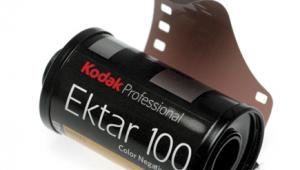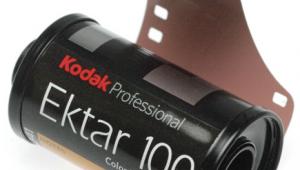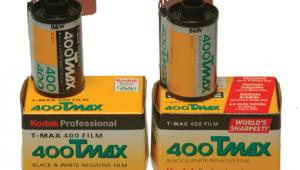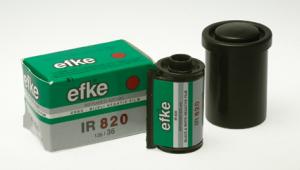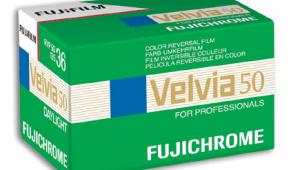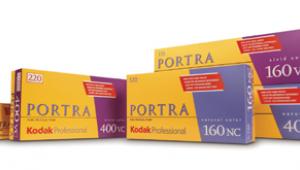First Look
ASF 35mm Film Kiosk Yields Prints, CD...But No Negatives
The long-anticipated Applied
Science Fiction Digital PIC kiosk has been placed in various retail sites
around the country. We recently attended a test site demo in New York
City. The kiosk uses the company's patented system for converting
exposed 35mm rolls into prints and supplying the same with a CD and index
print. During the process the film's negatives are destroyed (actually
developed to completion) and stored in the kiosk for disposal and hopefully
recycling. Essentially, the system scans negatives three times during
"processing" (which uses only developing agent) and is said
to get the full dynamic range of the exposure onto each scan. A dye sublimation
printer creates the prints and a CD writer handles the archiving. |
- Log in or register to post comments






